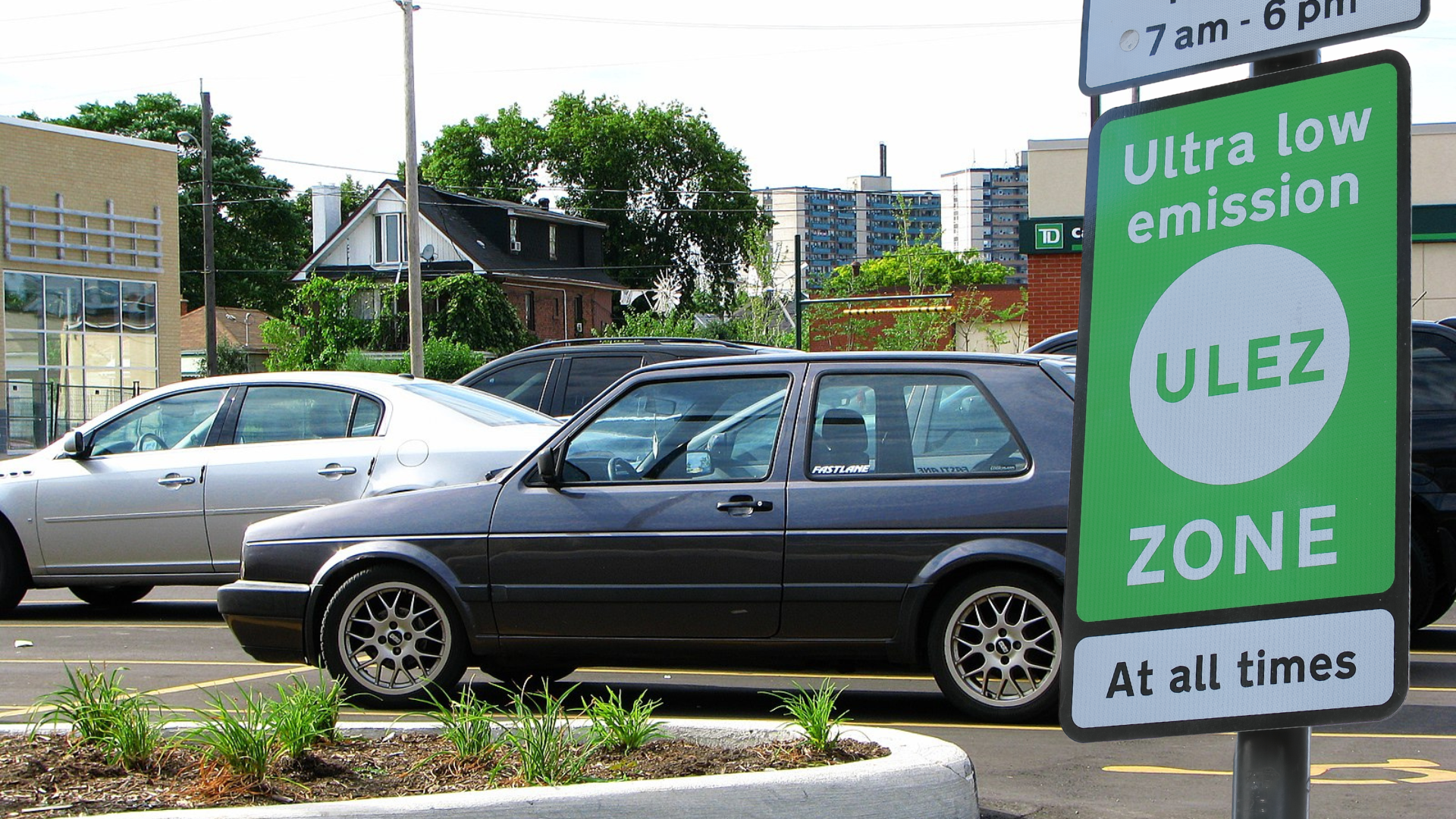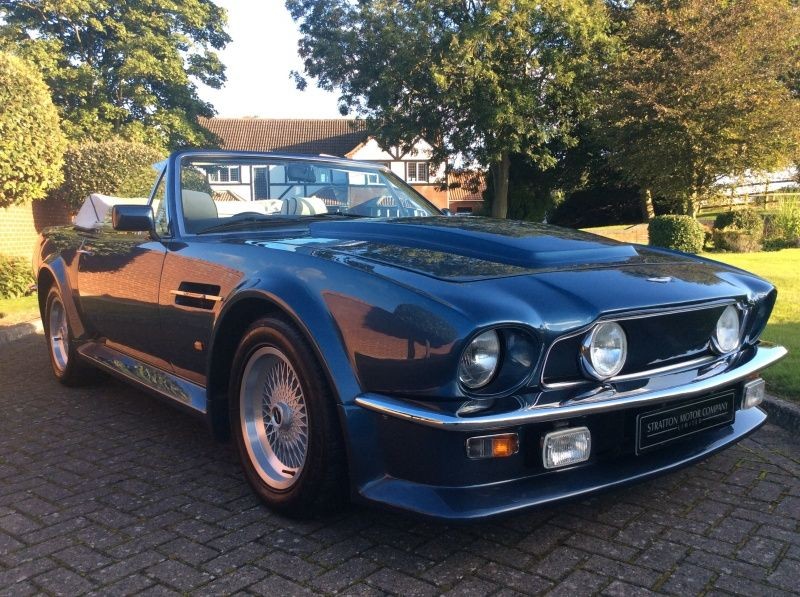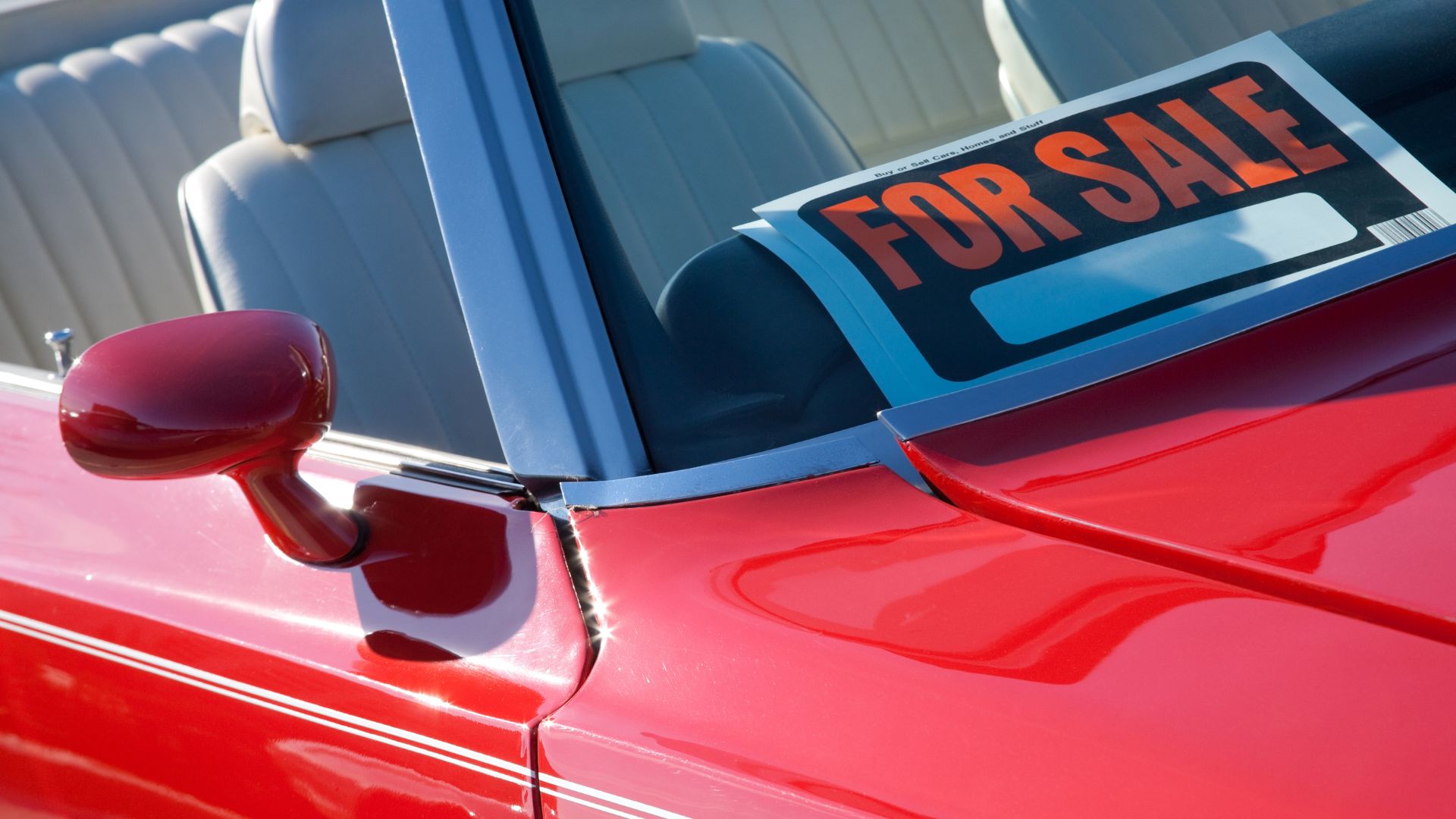In 2025 there are a few cars turning 100—if only there were a royal telegram for vehicles! While these centenarian cars might not be receiving a note from King Charles, their place in motoring history is certainly worth celebrating. A century on, some of these incredible marques still spark nostalgia, while others hail from long-gone manufacturers. Let’s take a look at the cars that are hitting their century in 2025, and why they deserve their moment in the spotlight.
The Forgotten Legends
Not all centenarians come from brands we still see on the roads today. Take the Hillman 14 and the Sunbeam 3-Litre, for example—both launched in 1925 and representing the best of their time. Hillman became part of the Rootes Group before disappearing into history, while Sunbeam gave us elegant pre-war designs before fading away after the Second World War. Though these brands may be gone, their contributions to British motoring are far from forgotten.
Hillman 14
The Hillman 14, launched in 1925, was a car that represented the sturdy, reliable nature of British engineering during the interwar period. Powered by a 1954cc side-valve engine producing 35bhp, the Hillman 14 was designed as a practical and affordable option for middle-class families. It had a reputation for being dependable, which made it a popular choice in its time. The car’s robust construction allowed it to handle the less-than-perfect roads of the 1920s with ease. Hillman, a brand that eventually became part of the Rootes Group, produced the 14 as a statement of quality at a reasonable price. While Hillman is no longer with us today, the 14 stands as a reminder of the brand’s contribution to British motoring history. Restorers and collectors often seek out the Hillman 14, ensuring that its legacy lives on.
Sunbeam 3-Litre
The Sunbeam 3-Litre, introduced in 1925, was a luxury car that showcased the brand’s commitment to craftsmanship and performance. Powered by a straight-six engine, it produced an impressive 70bhp—more than many of its contemporaries. Sunbeam was a prestigious British marque known for producing elegant and high-performance vehicles, and the 3-Litre was no exception. With its smooth engine and refined ride quality, it was often considered a car for the elite. Unfortunately, Sunbeam’s success dwindled after the Second World War, and the brand eventually disappeared. However, the 3-Litre remains a cherished piece of Sunbeam’s legacy, and it’s still admired by enthusiasts for its timeless design and engineering excellence. Cars like the 3-Litre highlight why Sunbeam was once regarded as one of the finest British carmakers of its time.
French Elegance: Citroën and Peugeot in 1925
It wasn’t just British manufacturers making waves in 1925—France had its fair share of automotive stars.
Citroën Type B12
British Powerhouses
Closer to home, 1925 was a landmark year for British automotive brilliance. The Lagonda 14/60 was introduced, showcasing a blend of performance and luxury. But the crown jewel of 1925 had to be the Rolls-Royce Phantom I. With its colossal 7.7-litre inline-six engine, the Phantom I replaced the legendary Silver Ghost and quickly became a symbol of ultimate luxury.
Lagonda 14/60
The Lagonda 14/60, introduced in 1925, was a milestone in British motoring history, showcasing the brand’s commitment to blending luxury with performance. Its name reflects the 14 taxable horsepower and the impressive 60bhp it produced—making it a powerful contender for its time. Under the bonnet lay a 2.0-litre, inline-four, overhead-valve engine, which was a significant technological step forward in the 1920s. The 14/60 was not just about performance; it was a car designed for the discerning driver, offering a comfortable ride and elegant styling that turned heads wherever it went. Lagonda’s attention to detail in its craftsmanship made the 14/60 a standout model in an era dominated by simpler designs. Today, Lagonda exists as part of the Aston Martin family, but the 14/60 serves as a proud reminder of the brand’s independent legacy as a pioneer of British luxury and innovation.
Rolls-Royce Phantom I
The Rolls-Royce Phantom I, introduced in 1925, was a true masterpiece of engineering and luxury. As the successor to the iconic Silver Ghost, the Phantom I had big shoes to fill—and it didn’t disappoint. Under the bonnet lay a colossal 7.7-litre, inline-six engine, delivering smooth and effortless power. Known for its near-silent operation, the Phantom I was famously referred to as “the best car in the world,” a title Rolls-Royce continues to embrace to this day. Beyond its performance, the Phantom I was a work of art, with each chassis tailored to bespoke coachwork, resulting in some of the most beautiful cars ever made. It was a favourite of royalty, dignitaries, and the wealthy elite, symbolising unparalleled status and sophistication. Nearly 100 years later, the Phantom I remains a shining beacon of Rolls-Royce’s commitment to perfection, embodying everything the brand stands for: elegance, precision, and timeless luxury.
Then vs Now: A Century of Change
What’s fascinating about these centenarian cars is how much the world has changed around them. Back in 1925, roads were far fewer, speed limits were minimal (if they existed at all), and owning a car was a privilege reserved for the wealthy. Today, cars are technological marvels, powered by electricity and filled with features that were unimaginable a century ago.
While some of these 100-year-old models celebrating their birthday this year have been relegated to museums or private collections, their stories live on in the memories of enthusiasts and in the DNA of the manufacturers that still thrive today. They’re a reminder of just how far we’ve come—and a testament to the engineering feats of the past.
A Toast to the Centenarians
So, here’s to the cars turning 100 this year. From the accessible Citroën Type B12 to the unrivalled Rolls-Royce Phantom I, these vehicles represent a defining era in automotive history. They’ve weathered the test of time—some more literally than others—and remain a source of inspiration and admiration.
Whether you’re lucky enough to see one of these centenarians at a classic car show or simply enjoy learning about the evolution of motoring, their legacies are worth celebrating. After all, how many cars can say they’ve been around for a century?
Happy 100th to these automotive legends!







Leave A Comment